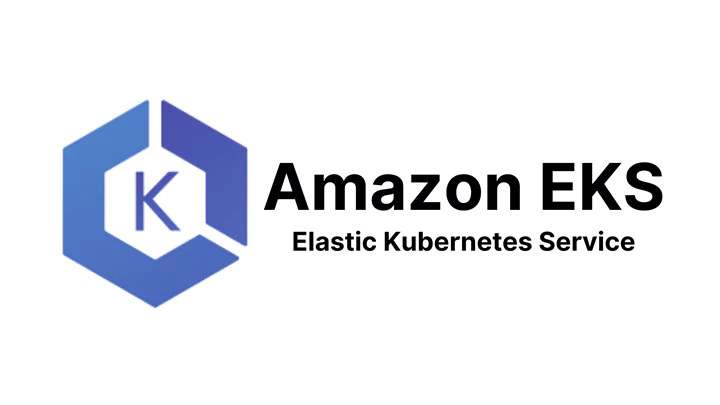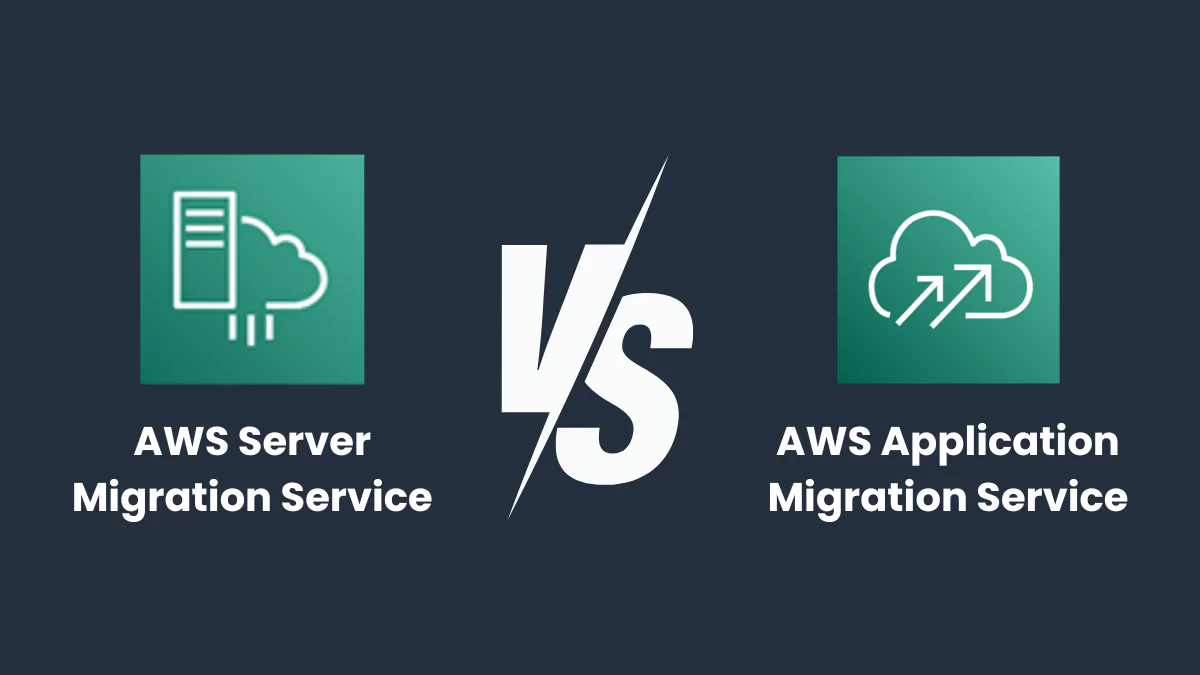Like deployment, the process of scaling is also a very important step in the development and operation of software using DevOps. Scaling is the process of either expanding or shrinking the systems based on needs and requirements. Some of the tools used in DevOps scale the system automation example ECS; while some require manual functioning like EKS. Various tools can be used for scaling but the prominent ones include ECS and EKS. It is important to understand ECS vs EKS as they are prominent in this era.
What is ECS?

ECS stands for Elastic Container Service. It is a native of Amazon i.e. it was developed(re-invented) by Amazon in 2022.
ECS is a service that is used by the DevOps teams to Scale, Manage, and Deploy containerized applications. Containerized applications are the applications that run in isolated packages of codes known as Containers. Examples of Containerized applications in our day-to-day life include Google Search, YouTube, Spotify, Gmail, etc.
Every essential app we use in our daily life is mostly a containerized application that has to be managed, deployed, and scaled based on need using a tool like ECS. It is essential to understand the various features of the ECS.
Features of ECS:
Autonomous control panel: It modifies the system based on the current need and requirements without too much manual functioning and it does not require any add-ons, or control panel nodes to its functioning.
Integration with security and development tools: ECS integrates readily with the Security and Management tools which are trusted by the users and this integrity helps in the production and development of the system quickly alongside the security and isolation provided to the system.
Balancing the load: ECS integrates with the Amazon ELS. Once the task and ELB to be used are defined Amazon’s ECS scheduler automatically adds and removes containers based on requirement.
Container Terminology: The Container Terminology for the Amazon ECS is Task and the container limit per instance is 120 tasks.
Community and knowledge: It is a simple community that is closely related to Amazon and functions with the applications that are related to Amazon. Basic knowledge about Amazon and its applications is required to work with ECS making it easier as it does not require any special subjective knowledge.
The Architecture of ECS:
The architectural components of the ECS mainly include:
- Containers and images.
- Tasks and Task Definitions.
- Services.
- Container Agents.
The components mentioned above together form the architecture of the Amazon ECS. By depth understanding of each component it is easy to define and understand the architecture of the ECS.
Task definitions and tasks: A task definition defines how a container should run within the ECS cluster while the task is the running instance of the task definition. Before managing, scaling, and deploying the first step is to define the task definition followed by the task enforcement.
Containers and images: Containers are isolated and portable packages that contain all the configurations and dependencies to run an application. While the container images are the files that contain information about how to build a code and execute it.
Container Agent: These are responsible for communicating with the control panel of the ECS to receive instructions about the tasks and starting and stopping the containers.
Services: It is a way to scale and manage several tasks that are running at the same time. It also ensures that the given and desired number of tasks run at all times.
The basics of the ECS and its architecture are easy to understand and it is the basis for a better understanding of the moderate and bigger tasks, work, and definitions in ECS.
What is EKS?

EKS stands for Elastic Kubernetes Service. It helps to run the Kubernetes on the premises of Amazon and its related applications.
Here Kubernetes is an open source that is responsible for scaling, managing, and deploying applications.
EKS is not a native of Amazon but it works and runs with Amazon-related and non-Amazon-related applications as well.
It works with various applications like AWS Cloud networking, AWS PrivateLink, AWS Cloud-trail, etc. It works on systems like AWS Fargate and Amazon Elastic Computer Cloud (EC-2).
To use and understand EKS requires having a cluster of knowledge about Kubernetes which is advanced level and takes time to understand and execute.
Features of Amazon EKS:
Integration with the AWS services: EKS seamlessly integrates with the various Amazon services like VPS and Cloud watch for networking and security.
Availability: The availability of the multiple availability zones ensures that the applications remain operational even when then is an event failure.
Containerization Terminology: The Container Terminology for Amazon EKS is Pods and the container limit per instance is about 720 pods.
Community and knowledge: It is a larger and wider community. It requires a cluster of knowledge about the Kubernetes in addition to basic knowledge about the Amazon Web services applications.
The Architecture of EKS:
To understand the workflow of the EKS it is important to understand the various components involved in the working of the EKS. The various components of EKS architecture include EKS cluster, EKS nodes, and EKS networking. All the components have their different roles which in the end will result in the scaling of the system applications.
EKS cluster: This includes EKS nodes and the EKS control plane.
The control plane monitors the health of the nodes, it automatically replaces unhealthy nodes with healthy nodes and it also regulates communication between the Worker nodes and Kubernetes API.
When it comes to EKS nodes there are two types of nodes – self-managed nodes and managed nodes groups.
- Self-managed nodes- These allow the users to launch their own EC-2 instances and configure them to run as Kubernetes nodes in the EKS cluster.
- Managed node groups- These provide the user simple and scalable to manage nodes in the cluster.
Amazon EKS networking: The EKS service uses subnets and Amazon VPC (Virtual Private Cloud) to provide networking to the EKS cluster. The nodes and the control plane are created using separate subnets for security and isolation. The control plane is accessible through the VPC and the nodes communicate with each other and the control plane over the VPC thereby functioning based on the task given.
Difference Between ECS and EKS:
ECS is a small community and it doesn’t require special knowledge about any subject basic knowledge of the AWS is enough while EKS is a larger community and requires knowledge about the Kubernetes.
ECS is a native of AWS while EKS is not a native of AWS.
The Containerization Terminology for ECS is Task and the container limit per instance is 120 tasks while the Containerization Terminology for EKS is Pods and the container limit per instance is 720 pods.
Cost ECS vs EKS:
In the case of ECS, it is mostly free but the pricing varies depending on the application and model being used. The pricing is only for the infrastructure developed and stored in AWS.
In the case of ECS, most of the investment or money is spent on the machinery and the servers as it doesn’t require too much manual functioning very small amount of the money is invested in the personnel.
In the case of EKS, most of the part of the investment is spent on personnel having knowledge about Kubernetes and learning Kubernetes. Not very less but a reasonable amount is spent on the machinery and the requirements. For EKS the pricing services vary from $0.8 to $0.12 per hour running cluster or $70 to $75 for a month of continuous operation.
Use of ECS and EKS:
The ECS is used in the case of Deploying microservices-based applications, for batch processing and building data pipelines, for hosting web applications and APIs while EKS is used in the case of Hybrid and Multi-Cloud Deployments, Complex Container Orchestration planning the management of the complex and multiple containers.
Conclusion:
Both ECS and EKS are used based on the need and complexity of the system being developed.
The main differences between them include cost, features, community size, subjective knowledge, and the cases of use. It is important to understand the basics thoroughly to understand the complex information related to the subject.


